In the lush expanse of El Salvador’s Zapotitán Valley lies Joya de Cerén, a site so extraordinary it’s earned the moniker “Pompeii of the Americas.” Around 600 CE, this humble Maya farming village was swallowed by volcanic ash. What was preserved is a a near-perfect relic of a world long past. Unlike the towering pyramids and ornate palaces that define much of Maya lore, Joya de Cerén offers something rarer. It’s a window into the lives of everyday people. Here, beneath layers of earth, time halted abruptly, capturing the essence of a community caught mid-breath; a testament to both their ingenuity and the unrelenting forces of nature.
Joya de Cerén
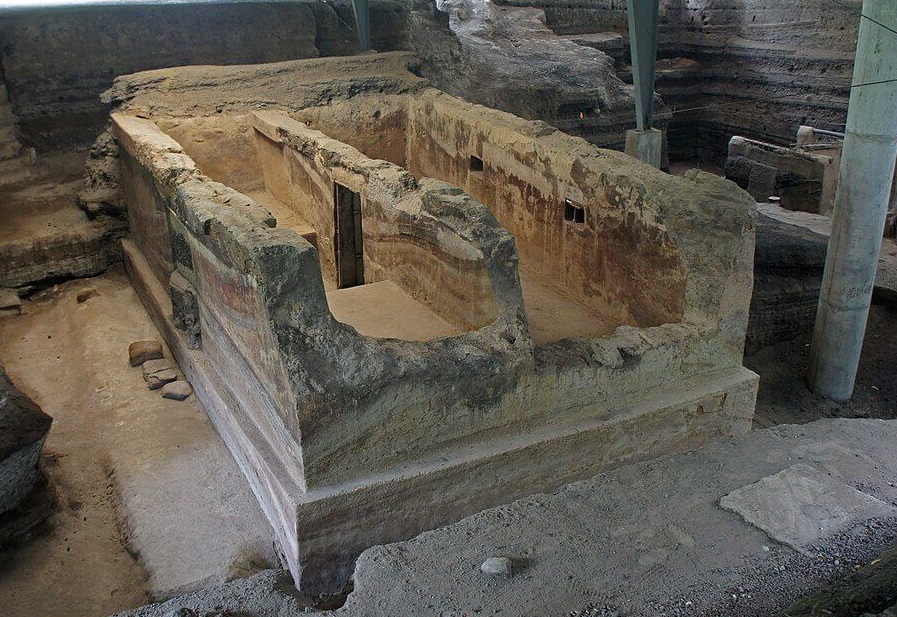
The rediscovery of Joya de Cerén unfolded in 1976, when Payson Sheets, an anthropology professor, encountered the site during a routine construction survey. What began as a chance find soon blossomed into a groundbreaking excavation, with digs kicking off in 1978. The ash had cocooned a wealth of structures and artifacts, revealing a pristine slice of pre-Columbian Maya life. By 1993, UNESCO designated it a World Heritage Site. This recognition cemented its global importance. The site’s unparalleled preservation provides vivid insights into the world of ordinary Maya villagers. Joya de Cerén isn’t just ruins; it’s a living time capsule of a civilization often glimpsed only through the lens of its elite.
Life in Joya de Cerén
The villagers of Joya de Cerén were farmers, their lives revolving around the cultivation of maize, beans, squash, and manioc. The volcanic ash didn’t just bury their homes. It preserved their fields, complete with crop furrows and irrigation channels that showcase their agricultural savvy. The villagers built practical yet sophisticated dwellings. These were multi-room adobe houses topped with thatched roofs and surrounded by a network of communal spaces.Among the finds were:
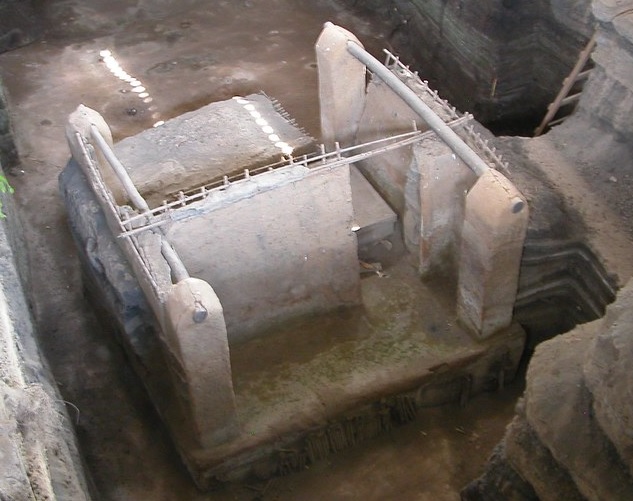
Storehouses: Packed with surplus harvests, a sign of their foresight and abundance.
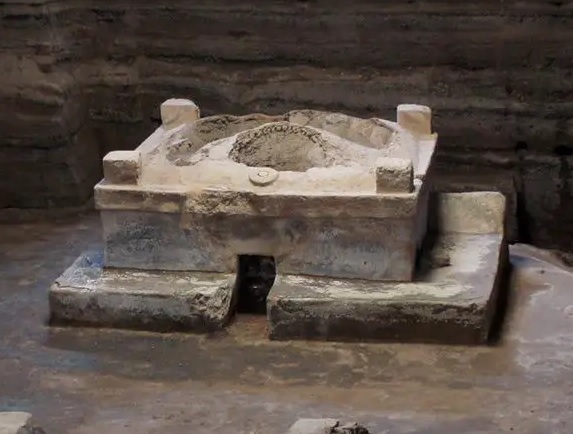
Temazcal: A communal sauna, used for both ritual cleansing and healing.
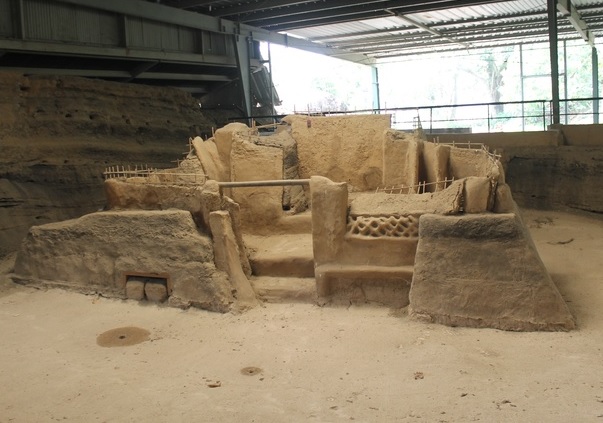
Temples: Small shrines and a possible shaman’s quarters, hinting at a deep spiritual life.
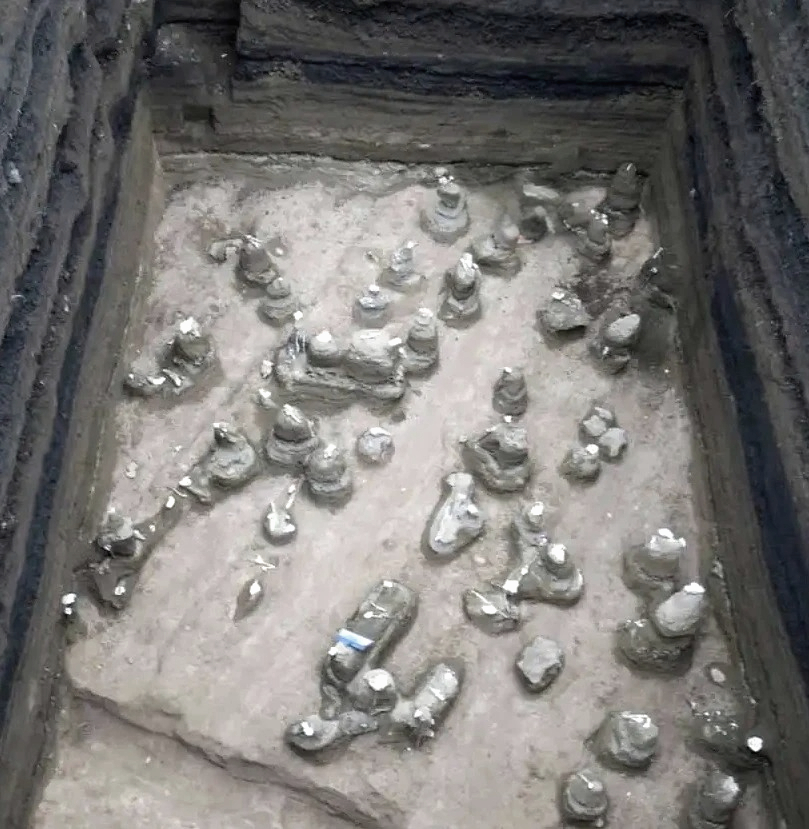
Crops: All cultigens, including maize and squash.
Artifacts like pottery, tools, and even food scraps (think chili peppers and guava seeds) offer a tangible connection to their daily routines. This isn’t a tale of kings or warriors, but of a tight-knit community thriving through resourcefulness and tradition.
Pompeii of the Americas
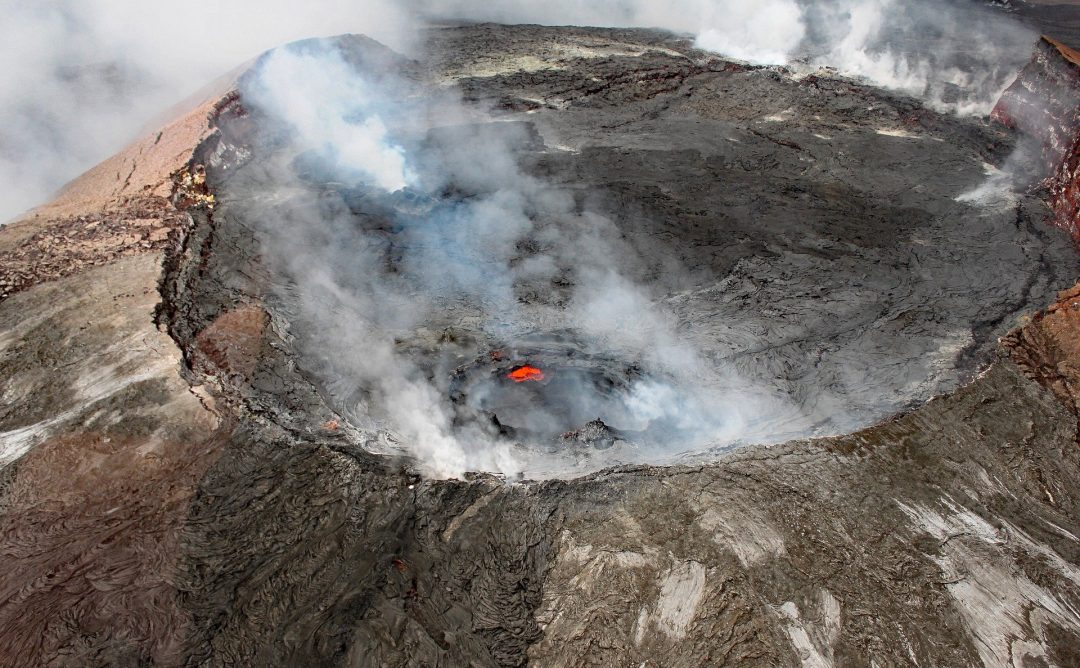
Around 600 CE, the Loma Caldera volcano erupted with little warning, blanketing Joya de Cerén in 4 to 8 meters of ash. It is likely that the event struck at night. This left behind sleeping mats and uneaten meals, frozen in the moment of abandonment. Yet, unlike Pompeii, no human remains have turned up here. The villagers, it seems, had just enough time to flee, leaving their world to be swallowed by the earth. This sudden burial, though a catastrophe for them, became a gift to us, locking their lives in a state of eerie stillness for centuries until the modern era unearthed their story.
Comparisons to Pompeii
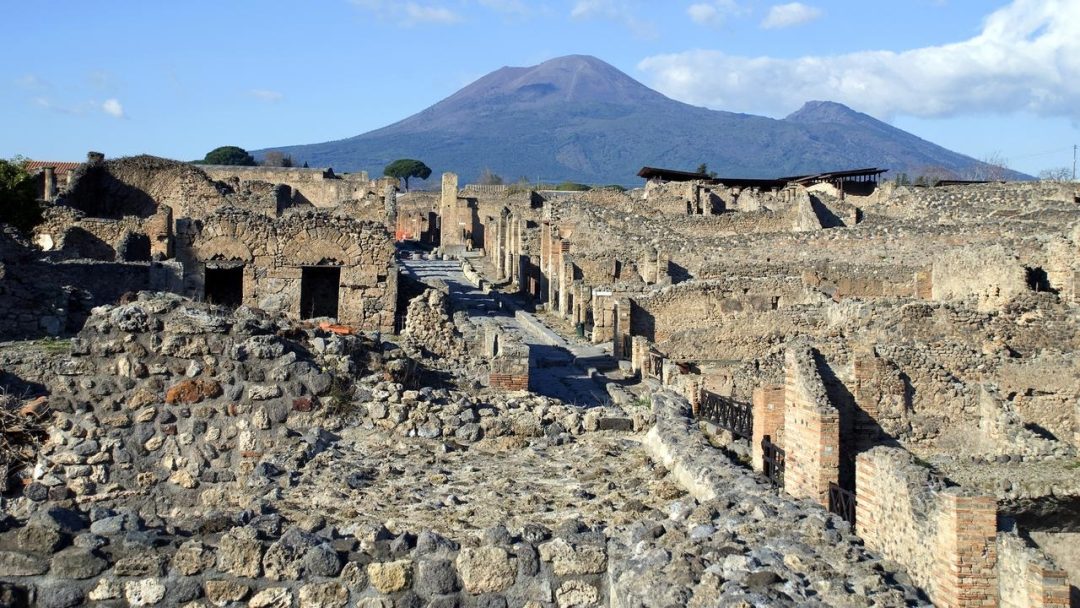
Joya de Cerén and Pompeii share a volcanic fate, each preserved as a time capsule by ash and fury. But where Pompeii dazzles with the splendor of Roman urbanity, its frescoed homes and bustling streets, Joya de Cerén hums a quieter tune, one of rural simplicity and resilience. Pompeii’s plaster casts immortalize its fallen, while Joya de Cerén’s empty spaces suggest a hurried exodus. Both sites, though, bridge the gap between past and present, reminding us that history belongs as much to the farmer as to the emperor. Their differences only deepen their shared power: to make us feel the pulse of ancient lives abruptly stilled.
Legacy and Ongoing Research
Since its emergence from the earth, Joya de Cerén has reshaped our understanding of the Maya, spotlighting their agricultural mastery and social fabric. Excavations continue to unearth surprises, recent finds hint at a marketplace, suggesting a more intricate economy than once imagined. “Protected by its UNESCO status, the site draws researchers eager to decode its secrets. They study everything from the layout of its fields to the purpose of its sacred spaces. Each discovery pulls us closer to understanding the Maya. They were not just a civilization of monumental stone, but one of vibrant, everyday humanity. As studies press forward, Joya de Cerén stands poised to reveal even more. The apocalypse that buried it and the legacy it left for us to uncover. Come back to AncientHistoryX for more untold stories of our past.

